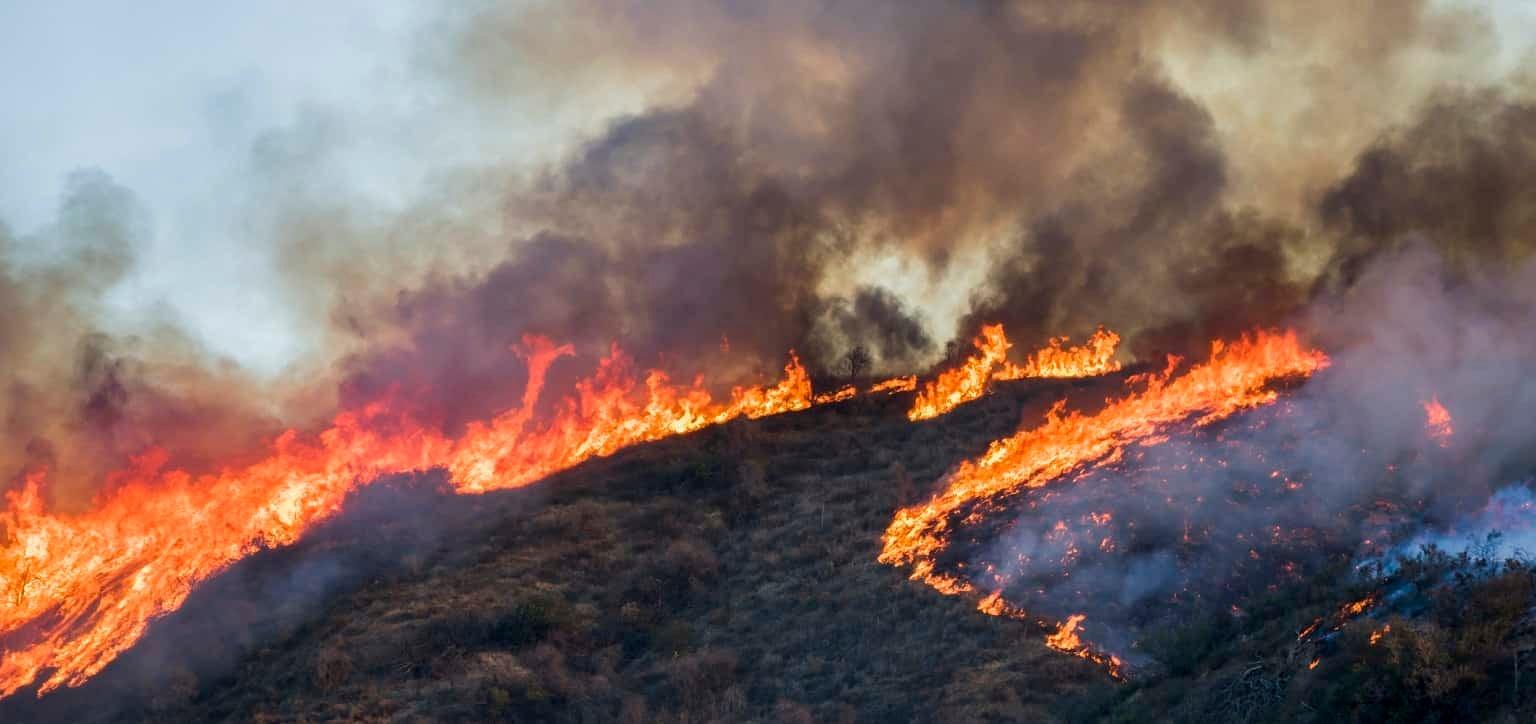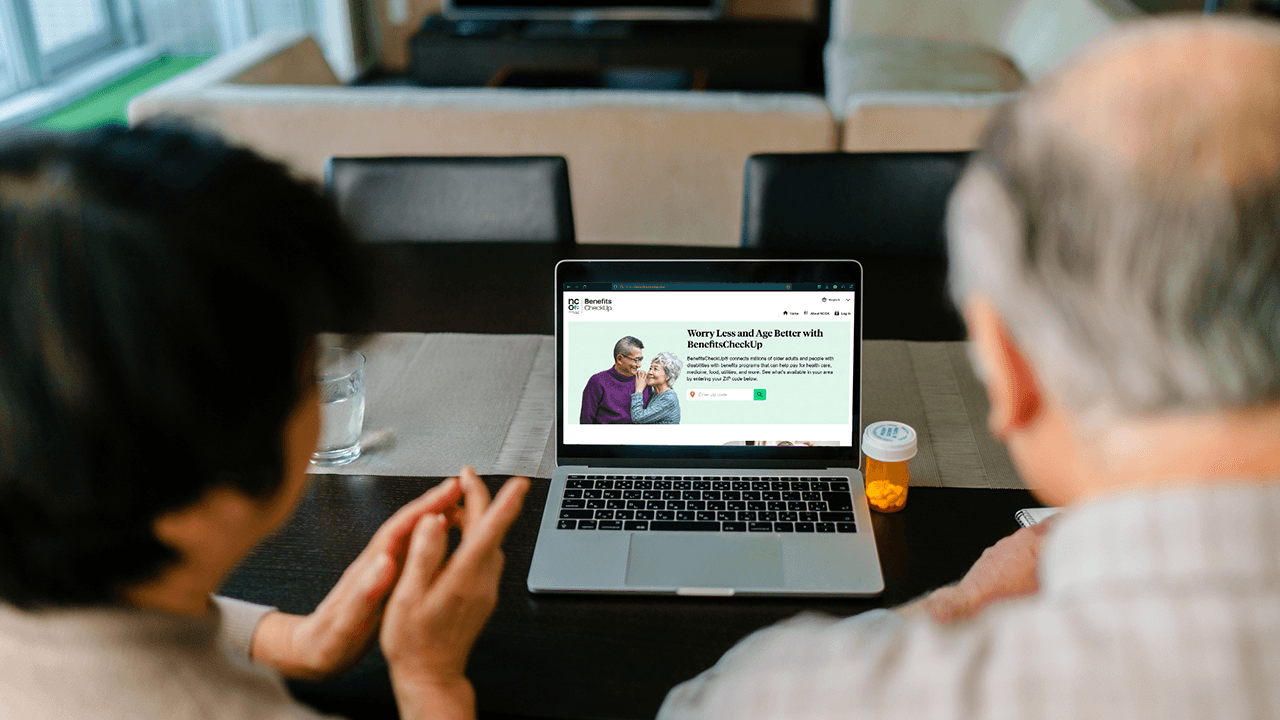Emergency Preparedness 101: What to Do Before, During, and After Disaster
7 min read

What if, out of the blue, you were confined to your home because the outside air was unsafe to breathe? Or what if you suddenly needed to escape it because the power went out amid a dangerous winter storm?
Such scenarios might once have seemed unlikely for anyone not living in places like California or Minnesota. Yet millions of people across the United States have recently faced unexpected emergencies like these—ones they never thought they’d have to worry about.
“Think New York City and wildfire smoke,” said Kathleen Cameron, former Senior Director of NCOA’s Center for Healthy Aging. “Or San Antonio and sleet.”
Both of these events happened within the past few years. And, as Cameron pointed out, the impacts can disproportionately affect older adults.
“For example, poor air quality can make certain existing health conditions—like heart and lung disease—worse,” she said. “Mobility issues can make leaving home safely much more challenging. And being homebound without adequate support or resources can cut people off from food, prescription medicines, and other vital necessities.”
Understanding the impacts of disaster
As many as 23 separate disasters costing at least $1 billion each struck the United States between January and August of 2023, according to the National Oceanic and Atmospheric Administration (NOAA).1 And those were just the weather-related ones: flooding, hurricanes, wildfires, and winter storms.
Other events—such as the 2021 Champlain Towers collapse in Miami, Florida or the widespread power outages in Texas that same year—could happen anywhere, at any time.
And the costs extend far beyond insurance claims. Natural and human-caused disasters can lead to:
- Loss of life
- Bereavement
- Trauma
- Injury
- Illness
- Displacement
None of these things is inevitable, however. Creating a disaster preparedness plan empowers you with a specific roadmap for navigating emergencies confidently and with resilience. Anticipating disaster—and having a plan in place for when it strikes—is a good idea all year long.
Anticipate: What to do before disaster
Even if you never need to use it, a well thought-out emergency plan can offer you a sense of control and reduce your fear of the unknown. Plus, practicing your plan can give you confidence and help prevent you from making stress-related mistakes in the heat of the moment.
Here are 5 important things older adults can do to prepare for a disaster right now:
1. Find out what types of disasters are most likely to happen where you live.
The Federal Emergency Management Agency (FEMA) offers a local search page for this purpose. Simply type your ZIP code into the box at the top of the page to learn about past declared disasters, emergency response resources, and disaster recovery centers specific to your area. The Red Cross also publishes a searchable map of common disasters by region.
2. Learn about emergencies that could affect anyone in any region.
No matter where you live, the Red Cross advises that you should prepare for these potential situations:2
- Floods
- Heat waves
- Power outages
- Thunderstorms
- Winter storms
- Chemical, biological, radiological, and nuclear emergencies (CBRNEs)
3. Think about how you would respond to each specific situation.
Some emergencies, as we learned with COVID-19, may require you to stay home, or “shelter in place.” Others, such as a hurricane or flood, may mean you need to evacuate quickly. What resources and assistance would you need to do either one?
Consider the following:
- Do I have adequate food and safe drinking water?
- Do I have a two-week supply of prescription medications?
- Do I have a “go-bag” packed with basic essentials?
- Where are the exits in my home? Are they clear?
- Is there gas in my car (or can I quickly access alternate transportation)?
- Where will I go if I have to leave my house?
- How will I contact loved ones if communication systems go offline?
- What will happen to my pets?
The more scenarios you can think of, the better prepared you will be. Take this opportunity to be proactive as well:
- Assemble your at-home emergency preparedness kit
- Learn the locations of nearby emergency shelters
- Write down name and numbers of trusted emergency contacts
4. Create, communicate, and practice your plan.
Make one plan for staying at home, and one plan for evacuating. Write down the steps you need to take for each situation.
If you’re staying at home, include:
- The location of your emergency survival supplies
- How you will let loved ones know you are safe
- Where to call if you run out of food, medicine, or other necessities
- What to do if your power goes out
If you’re evacuating, include:
- How you will get out of your home
- When you will leave
- Where you are going
- How you will get there
- Who can help if you need it
Once you’ve written down as many specifics as you can, practice your plan. Let your family, friends, or caregivers know what it is. Ask them to practice it with you. Identify any weak spots or missing pieces and add them in.
5. Sign up for emergency alerts.
Real-time information is vital when disaster strikes. Thanks to modern technology, you can sign up for “push notifications” from your local public safety providers as well as national organizations like FEMA. In many cases, you can ask to receive these via a text message, phone call, email, or all three. Here's how:
- Call your local non-emergency police line to ask about community alert systems and how to access them.
- Download real-time alert apps to your mobile device(s). For Android, you can get FEMA’s app on Google Play or by texting “ANDROID” to 43362 (4FEMA); for Apple, visit the Apple App Store or text “APPLE” to 43362 (4FEMA).
Act: What to do during disaster
First, don’t panic. Remind yourself that you are prepared for this moment. You have a plan, and you know exactly what steps to take to ensure your safety.
Now, it’s time to take those steps:
- Check the news and your emergency alert notifications for updates.
- Decide which plan is most appropriate: shelter in place, or evacuate?
- Follow the plan just like you’ve practiced.
Assess: What to do after disaster
Once any immediate danger has passed, it’s time to take stock of what you need and how to get it. Here are three important steps to follow.
1. Access vital relief programs.
Many disaster survivors need some form of material or financial assistance. As an older adult, your needs may be particularly acute—especially if services you depend on for your health and well-being have been disrupted. These programs can help.
2. Rely on local experts for help.
quickly screen and connect you to programs that help you recover from disaster—including those focused on urgent needs like home repair, food, health care, and prescription medications.
3. Beware of scams.
Disasters present a perfect opportunity for scammers looking to make a quick dollar—whether it’s by conning you into donating to a fake relief charity or offering home clean-up and repair services that they’ll never complete. Here’s how to make sure you don’t become their victim:
- Research the organization or company before giving them your money. You can search for legitimate charities and companies on websites like Charity Navigator and the Better Business Bureau.
- Don’t pay by gift cards or wire transfer. Real businesses and charities will never ask for payment using these methods.
- Report suspected scams to the Federal Trade Commission by calling 1-877-FTC-HELP (877-382-4357) or logging your complaint online.
Additional information on disaster assistance
BenefitsCheckUp®, NCOA’s free online tool, includes a Disaster Assistance page with information about disaster benefit programs. There, you can create a personalized preparedness plan. But you don't have to wait for a crisis, either. Even if you live in an unaffected area, you can browse benefits programs that can help you age well.
The Red Cross publishes a wealth of resources specifically to help older adults and their caregivers prepare for and navigate disaster.
Sources
1. National Oceanic and Atmospheric Administration. U.S. Saw its 9th-Warmest August on Record. September 11, 2023. Found on the internet at https://www.noaa.gov/news/us-saw-its-9th-warmest-august-on-record
2. American Red Cross. Common Natural Disasters Across the U.S. Found on the internet at https://www.redcross.org/get-help/how-to-prepare-for-emergencies/common-natural-disasters-across-us.html#detail=everyone




